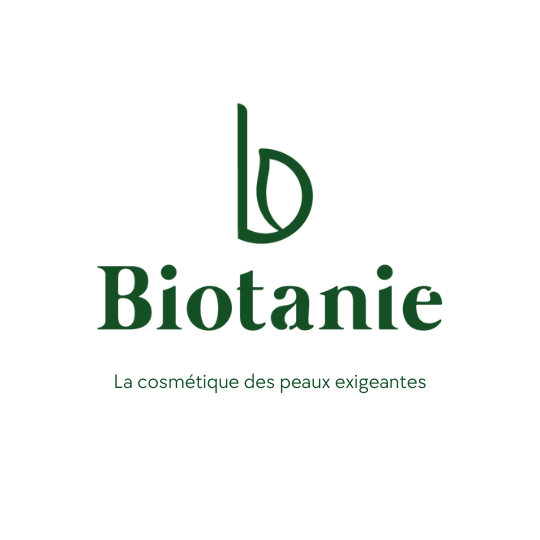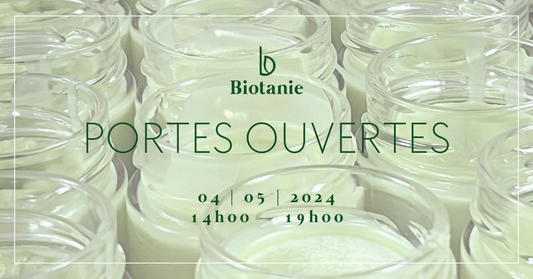They smell great and seem so easy to use. Essential Oils even allow you to personalize everything and put yourself in the shoes of a chemist while mixing: from cosmetic products to household products and food. They sell them to us in every way! But do you know what's hidden at the bottom of your little, far from essential bottle?

Not so essential essential oils.
We sometimes wrongly think that a natural product is equivalent to a harmless product , but this is not always the case. Indeed, the active substances in essential oils can cause serious adverse effects following inappropriate use: an overdose for example. ⚗️
Fifteen essential oils are even identified as having a negative benefit/risk ratio : notably sage, grande wormwood, petite wormwood ( see the complete list on the website of the National Medicines Safety Agency).
There are risks of neurotoxicity, hepatotoxicity and miscarriages: for all these reasons, essential oils are prohibited in pregnant and breastfeeding women as well as in children . People with epilepsy and asthma are also affected by this contraindication. For example, lavender essential oil as well as that of the tea tree (commonly called Tea tree) are endocrine disruptors which can therefore have an impact on DNA… 😧
What are the risks for my skin?
The main adverse effects - short term or long term - are irritation or even burning of the skin and mucous membranes; in fact, dermatologists are observing more and more cases of eczema following the application of essential oils.
They can also be photosensitizing (citrus essential oils in particular): the skin then becomes much more reactive to light and UV rays. All this can cause stains and/or skin burns. 🔥
Because they are highly concentrated, essential oils are potent and can cause allergies . This is the case for limonene and linalool, which are found in the majority of cosmetics, which are substances with a high allergenic potential that cause eczema.
Furthermore, the mixture of essential oils can prove even more toxic because some are incompatible with each other. The more you are in contact with essential oils, the more the risks increase, the problem is that they are everywhere: there is then no longer any rest time which would allow the body to evacuate the surplus. 😰
What risks for the planet?
Essential oils pose a real environmental issue. Their manufacture requires a very large quantity of raw material (4000 kg of rose petals = 1 liter of essential oil or... a FIELD; 250 kg of orange for 1 liter of EO). 🌎
Released into the environment, some (such as citrus EOs) are dangerous or even toxic for marine organisms. Even if some of the essential oils are made in France, imports are massive: many widely used essential oils come from very far away, notably eucalyptus (Brazil) or even tea tree (South Africa) for their low cost without worrying about the carbon footprint (and not to mention the deplorable working conditions). In addition, the cultivation of certain exotic plants (e.g. Rosewood EO) contributes to deforestation.
What should I do on my side?
Essential oils have beneficial effects but as Paracelsus, a Swiss doctor from the 16th century, said, it is the dose that makes the poison (we revised our history lessons…) 🤓
Today we are overexposed to essential oils since we find them in all everyday products (detergents, shampoos, household products, etc.). It would be preferable to limit sources of exposure when it is not a therapeutic use (on the advice of health professionals). 💉
Finding alternatives to EOs would be a real ecological approach: because no, even intended for making your own homemade products, EOs are not ecological.
Alternative : for the fragrant side, use hydrosols or floral waters instead. They are suitable for pregnant women, children and sensitive people. 💡
And on our side…
For all these reasons, we have chosen not to put essential oils in our products because, as their name does not indicate , they are not essential... Moreover, given that cosmetic and hygiene products are applied daily, it is healthier not to overdo it.
At Biotanie, our cosmetics smell good, naturally. 😛
Anthony of Biotania 🌿




